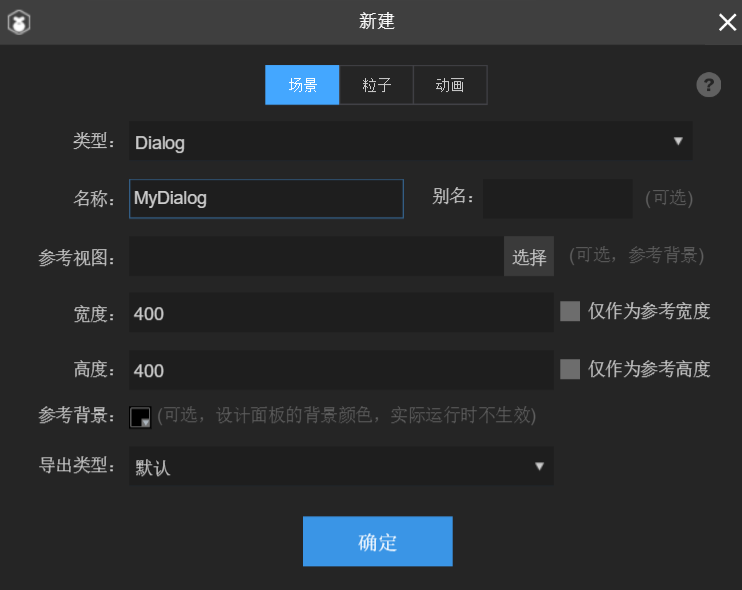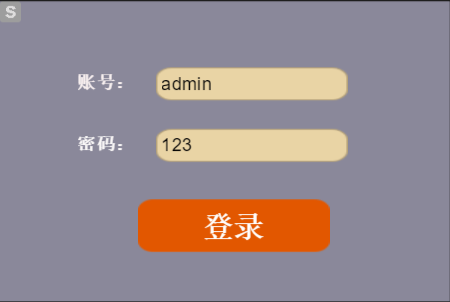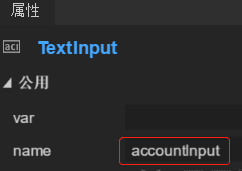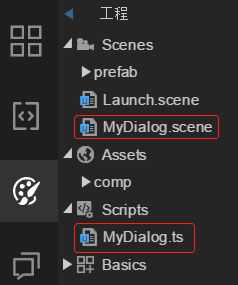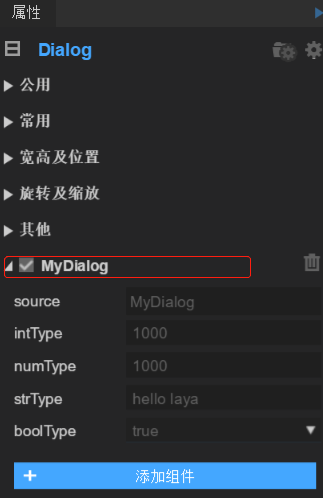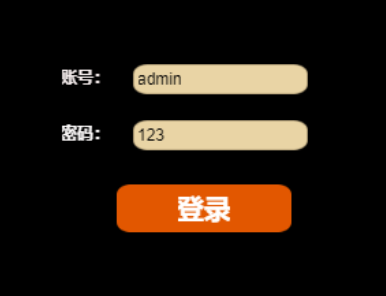附加脚本的使用
post by:追风剑情 2019-9-20 17:38
一、新建MyDialog.scene
拖一个登录界面
给需要在代码中访问的组件取个名字
二、新建MyDialog.ts
整个工程结构
MyDialog.ts
export default class MyDialog extends Laya.Script {
// 这部分为自动生成的,这些字段可显示在属性面板中
/** @prop {name:intType, tips:"整数类型示例", type:Int, default:1000}*/
public intType: number = 1000;
/** @prop {name:numType, tips:"数字类型示例", type:Number, default:1000}*/
public numType: number = 1000;
/** @prop {name:strType, tips:"字符串类型示例", type:String, default:"hello laya"}*/
public strType: string = "hello laya";
/** @prop {name:boolType, tips:"布尔类型示例", type:Bool, default:true}*/
public boolType: boolean = true;
// 更多参数说明请访问(附加脚本的使用): http://ldc.layabox.com/doc/?nav=zh-ts-2-4-2
private accountInput: Laya.TextInput;
private passwordInput: Laya.TextInput;
private btnLogin: Laya.Button;
constructor() { super(); }
onEnable(): void {
}
onDisable(): void {
}
/**
* 此属性在运行时被自动调用
* 设置owner函数,可以直接获取到添加附加脚本的组件实例
**/
public set owner(value: any)
{
var dialog: Dialog = value;
if (dialog == null)
return;
//获取组件
this.accountInput = dialog.getChildByName("accountInput") as Laya.TextInput;
this.passwordInput = dialog.getChildByName("passwordInput") as Laya.TextInput;
this.btnLogin = dialog.getChildByName("btnLogin") as Laya.Button;
//按钮注册Click事件处理器
this.btnLogin.clickHandler = new Laya.Handler(this, this.onClickLogin);
}
private onClickLogin(): void
{
var account: string = this.accountInput.text;
var password: string = this.passwordInput.text;
console.debug("*************** onClickLogin() account=%s, password=%s", account, password);
}
}
三、把MyDialog.ts脚本拖到MyDialog.scene的属性面板上
四、在Chrome中运行测试
点登录按钮,打印出日志
评论:
发表评论:
